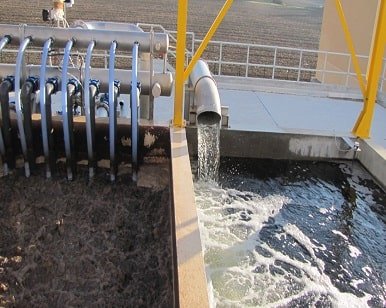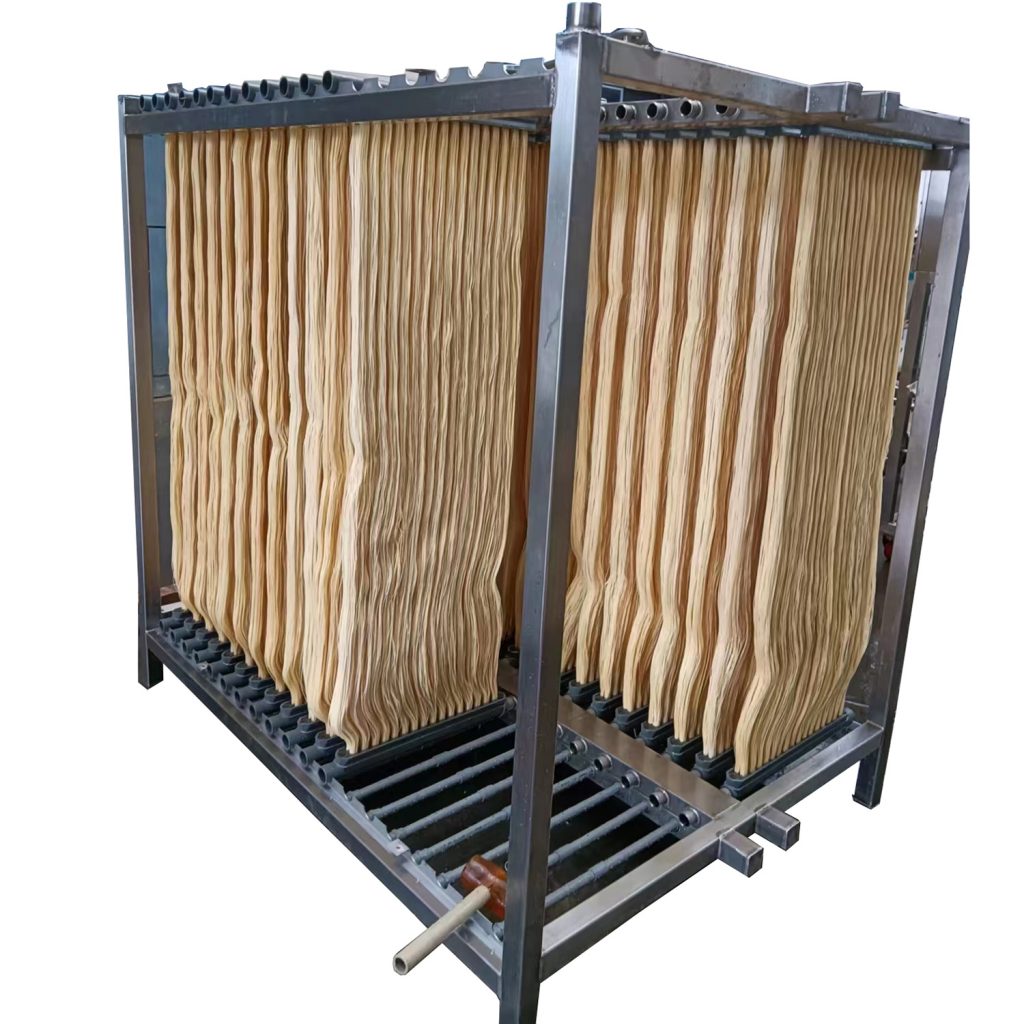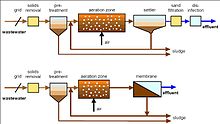Membrane Layer Bioreactors Clarified: Effective Solutions for Clean Water
Membrane layer bioreactors (MBRs) have actually emerged as an innovative solution for dealing with the pressing obstacles of wastewater treatment. By integrating organic processes with innovative membrane purification, MBRs not just improve the quality of cured water however additionally decrease the spatial needs of treatment centers. As ecological concerns intensify, the duty of MBR innovation in advertising sustainable water monitoring ends up being significantly significant. The intricacies of their operation, benefits, and possible applications warrant a closer assessment to fully understand their effect on the future of water treatment.

What Are Membrane Layer Bioreactors?
Membrane bioreactors (MBRs) are innovative wastewater treatment systems that incorporate biological destruction procedures with membrane purification technology. This assimilation enables the effective removal of contaminants from water, making MBRs a favored option in numerous applications, consisting of community wastewater treatment and industrial effluent monitoring.

One of the important advantages of MBRs is their capability to generate high-grade effluent, typically appropriate for reuse in watering or industrial procedures. Furthermore, MBRs call for a smaller sized footprint contrasted to traditional treatment systems, making them ideal for urban setups where room might be limited.
Furthermore, MBRs can efficiently take care of varying influent loads and are much less vulnerable to the results of hazardous shocks. These characteristics add to their growing appeal as a sustainable solution for addressing the raising demand for clean water while minimizing environmental impacts.
Exactly How Membrane Layer Bioreactors Work
While the operation of membrane layer bioreactors (MBRs) may seem complicated, it fundamentally focuses on the harmony in between organic processes and membrane layer filtration. MBRs integrate a biological therapy process, typically triggered sludge, with a membrane layer splitting up system to treat wastewater effectively.
In an MBR system, wastewater is first introduced right into a bioreactor where microbes degrade raw material and various other impurities. The biological activity reduces the focus of contaminants while promoting the development of biomass. Following this organic treatment, the blended liquor is subjected to membrane layer purification, which can be microfiltration or ultrafiltration, relying on the wanted effluent quality.
The membrane layers act as a physical barrier, permitting water and small solutes to pass while keeping put on hold solids and bigger molecules. This makes it possible for the system to preserve a high focus of biomass within the reactor, enhancing the therapy effectiveness.
Additionally, the continuous splitting up of cured water from the biomass helps with a portable style and reduces the impact of the therapy facility. On the whole, the combination of organic degradation and membrane purification in MBRs causes reliable and reliable wastewater therapy, making sure top notch effluent appropriate for various applications.
Benefits of MBR Innovation
One of the key benefits of membrane bioreactor (MBR) technology is its capacity to create high-quality effluent with a considerably lowered impact compared to standard wastewater treatment approaches. MBR systems effectively incorporate biological therapy and membrane purification, leading to superior elimination of contaminants, consisting of suspended solids, microorganisms, and raw material. This capability causes effluent that frequently fulfills or exceeds rigid regulatory criteria for reuse and discharge.
Furthermore, MBR modern technology permits greater biomass concentrations, which improves the therapy efficiency and minimizes the required reactor quantity. This compact design is especially beneficial in metropolitan locations where space is limited. The functional adaptability of MBR systems also suggests they can adapt to differing influent qualities and flow rates, making them appropriate for a wide variety of applications.
In addition, the reduced sludge production related to MBR procedures adds to lower operational and maintenance expenses. The membrane layers work as a physical obstacle, decreasing the risk of clogging and allowing longer functional durations in between cleansing. Overall, the advantages of MBR technology make it an appealing option for lasting wastewater therapy, resolving both ecological concerns and the need for efficient resource management.
Applications of Membrane Bioreactors
With their flexibility and effectiveness, membrane bioreactors (MBRs) find applications across various industries, including municipal wastewater treatment, industrial procedures, and also water recovery. In local setups, MBRs supply a small service for treating wastewater, effectively removing impurities while simultaneously generating high-quality effluent that meets rigorous governing requirements. This makes them especially suitable for locations with restricted room.
In commercial applications, MBR innovation is made use of for treating procedure water, specifically in sectors such as food and drink, pharmaceuticals, and petrochemicals. These industries gain from MBRs' capacity to manage high organic loads and their efficiency in recovering important sources from wastewater, such as nutrients and water.
In addition, this content MBRs play a critical function in water improvement efforts, making it possible for the reuse of treated wastewater for irrigation, commercial procedures, and even as safe and clean water after more treatment (Membrane Bioreactor). Their effectiveness in removing virus and pollutants makes them a dependable option for making sure water high quality in numerous reuse applications
Future of Water Therapy Solutions
The future of water therapy solutions is poised for transformative improvements driven by technical development and enhancing environmental awareness. As international water deficiency becomes a pressing problem, new techniques, including membrane layer bioreactor (MBR) systems, are readied to play a pivotal duty in enhancing the effectiveness and sustainability of water therapy processes.
Emerging innovations such as expert system and machine discovering are anticipated to enhance therapy procedures, permitting real-time monitoring and predictive maintenance. This will certainly enhance the overall reliability and efficiency of water treatment facilities. Improvements in membrane materials, such as graphene and nanofiltration, guarantee to boost permeation rates and reduce fouling, leading to reduced energy intake and functional expenses.
Furthermore, the combination of renewable resource sources right into read the full info here water therapy plants will certainly contribute to greener practices. The circular economy model will likewise get grip, encouraging the healing of beneficial sources from wastewater, such as nutrients and energy.
Final Thought

Membrane layer bioreactors (MBRs) have emerged as an advanced option for resolving the pushing obstacles of wastewater treatment. By integrating biological procedures with sophisticated membrane filtration, MBRs not just boost the top quality of treated water but likewise minimize the spatial requirements of treatment facilities.One of the vital advantages of membrane bioreactor (MBR) modern technology is its capacity to generate high-quality effluent with a substantially minimized footprint contrasted to traditional wastewater treatment approaches.With their versatility and performance, membrane bioreactors (MBRs) locate applications across numerous industries, including metropolitan wastewater therapy, commercial procedures, and even water reclamation.In final thought, membrane layer bioreactors stand for a significant innovation in wastewater therapy technology, integrating organic procedures More Bonuses with effective membrane purification to produce high-grade effluent.